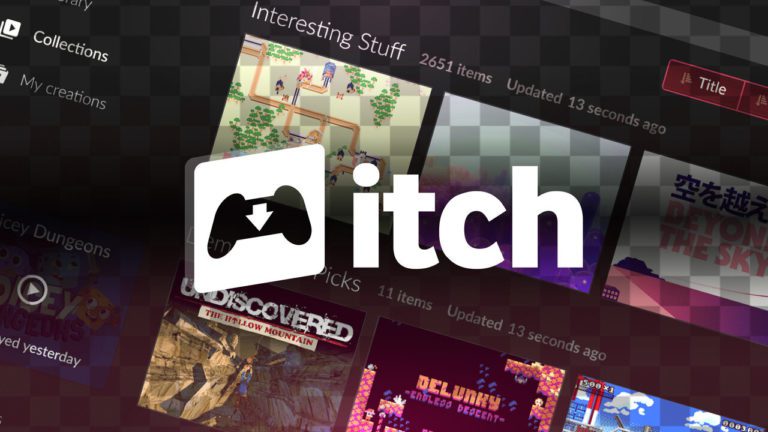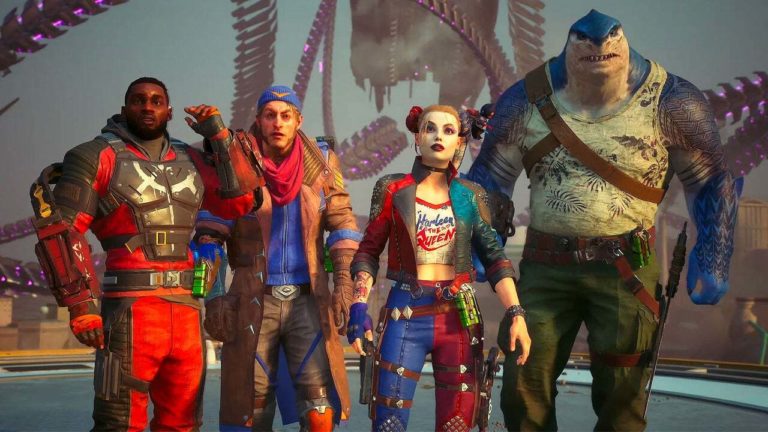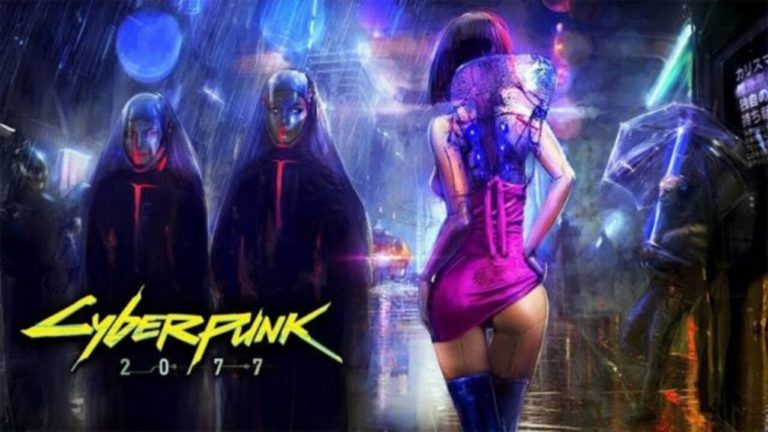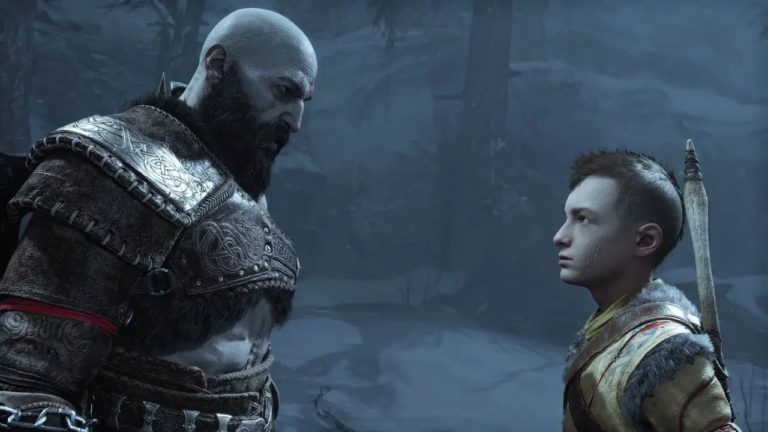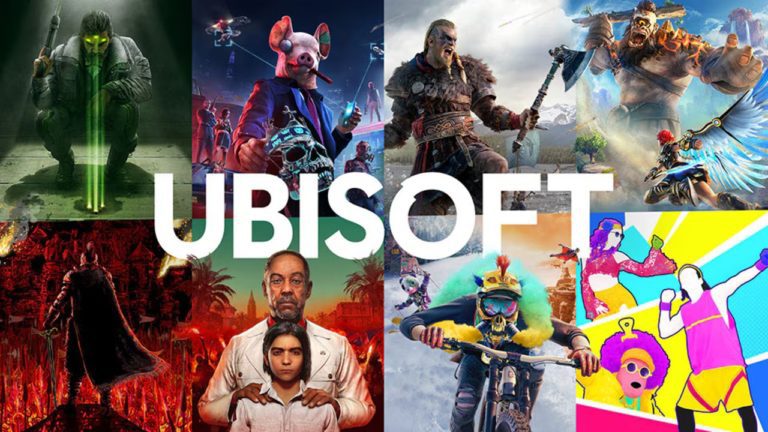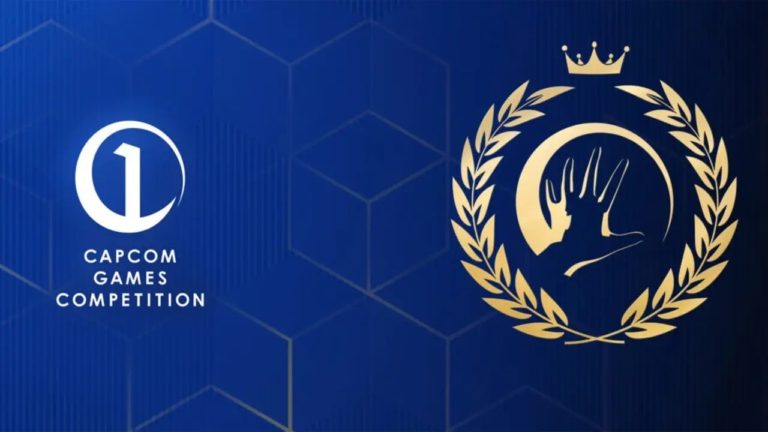In an unexpected turn of events, the popular indie game platform itch.io found itself temporarily offline due...
Day: December 10, 2024
In a significant update from Rocksteady Studios, the developers have announced that the current season of Suicide...
Cyberpunk 2077 continues to evolve and captivate its player base with the release of Update 2.2, introducing...
In a significant move that has the gaming industry buzzing, Raf Grassetti, the former art director of...
Is no secret that Ubisoft is currently facing pressure from shareholders to consider a potential sale. The...
Capcom has announced its first-ever game development competition for Japanese students, utilizing its proprietary RE Engine. Titled...
Anima Flux, a highly anticipated couch co-op Metroidvania game, has made its welcomed arrival at both GOG...


